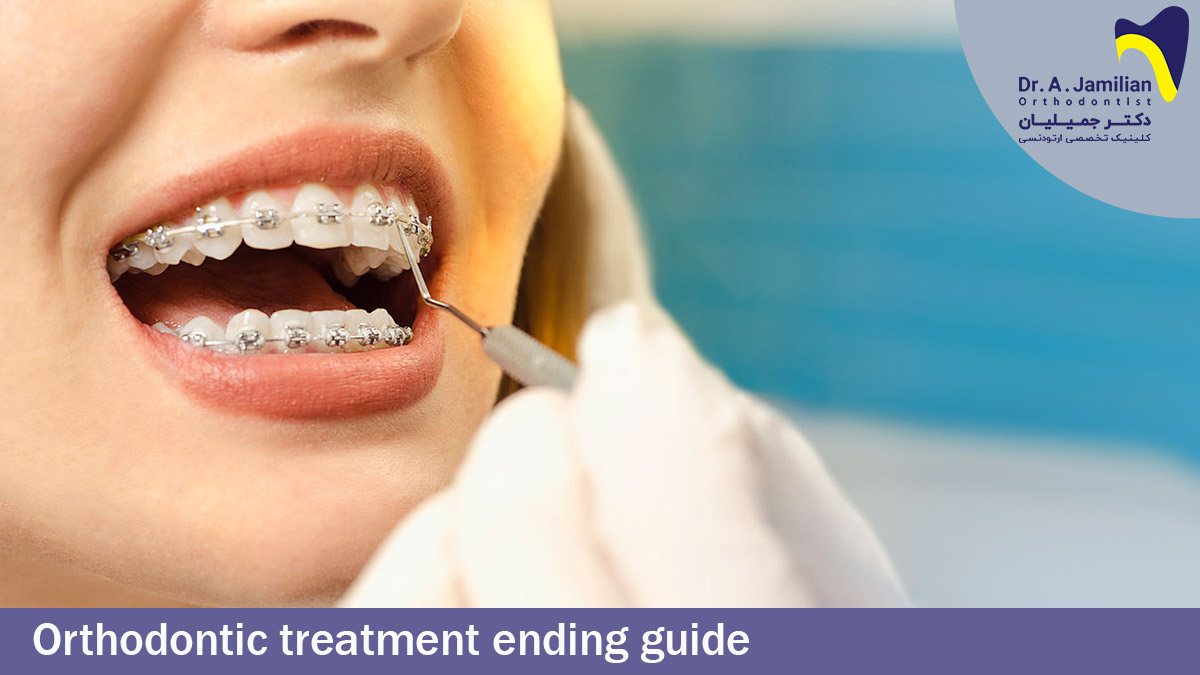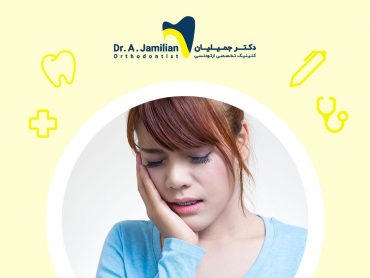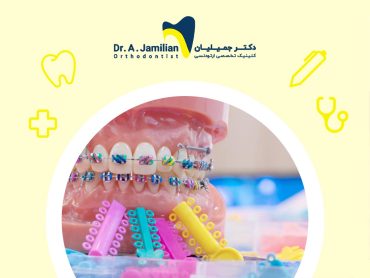Once finished your orthodontic treatment, the orthodontist will ask you to use a retainer to hold your teeth in the new position. This is done for the prevention of their movement and displacement until they are fully fixed in their place. The orthodontist will guide you on how and how long to use the retainer. Here are some tips to help you complete an orthodontic treatment successfully.
How long does orthodontic retention last?
After removing the orthodontic brackets, it takes time for the bones and all the tissues around the teeth to reorganize. Therefore, you need to use retainers until the teeth are fully fixed in their normal position. Malocclusions are likely to recur within the first month after removing the brackets.
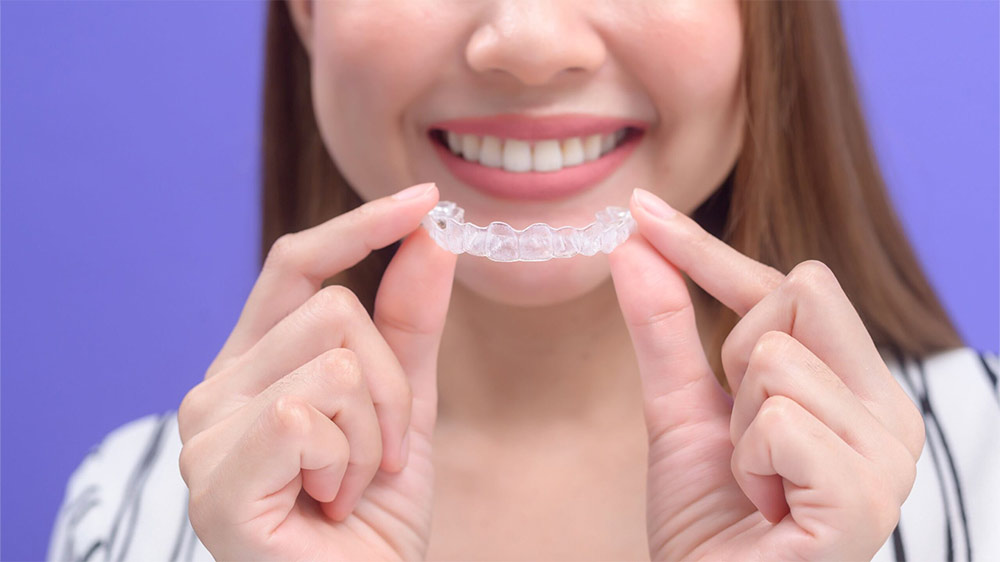
Recurrence here means that it may take up to one year or more for the teeth to be fixed in place after the treatment. You will need to use the retainer for a longer period if there is a gap between your teeth before the treatment. You should use the retainers as long as the orthodontic brackets are inside your mouth. Your orthodontist has no choice but to ask you to use fixed brackets for a while once again if the teeth return to their abnormal position at the end of the orthodontic treatment. That is why it is important to use removable retainer at the end of the treatment.
How to use retainer?
Your orthodontist will prescribe you the correct retainer customized specifically. Some retainers should be used all the time within the first 6 months after the treatment and then only during the night for several years. In contrast, some other retainers are designed to be used throughout the first week and then only during the night.
Your orthodontist will often advise you on how to use a retainer. Here are a few general recommendations about the use of retainers. Removable retainers should be removed when eating, exercising, and brushing your teeth. Along with that, try to prevent any harm to it (e.g. scratches, slight rips, etc). You can clean the retainers with a toothbrush and toothpaste. Your mouth is the safest place for orthodontic retainers, and you should regularly and carefully clean your mouth. Put the retainers inside their special box whenever you are not using them. Retainers may get lost if they are kept anywhere (e.g. in a piece of paper towel) other than their special box.
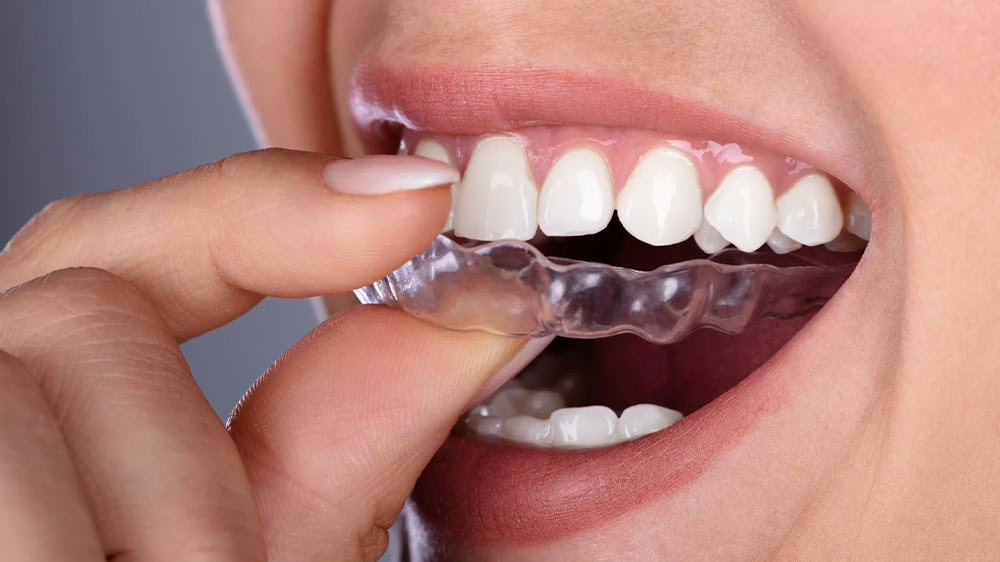
Effects of removable retainer on normal life
A removable retainer has a wire to hold the front teeth. This wire can be easily noticed by others but causes fewer problems than the wire of permanent retainer. If you have a removable retainer on your maxillary teeth, it takes one or two days to get accustomed to the retainer and speak normally. It is quite natural to produce some saliva due to the presence of a foreign object in your mouth. You should avoid biting hard fruits or any other object with your front teeth during this period.
When can you end the use of removable retainer?
Teeth are still likely to change their position even after the orthodontic treatment and retention. Moreover, our bones can change and repair as long as we are alive. It’s actually why broken bones can heal in the first place. Teeth typically move forward as we age older, even though we have extracted our wisdom or other teeth or undergone orthodontic treatments. Therefore, it is not at all far-fetched or unreasonable to expect a change in the position of teeth.
You can use removable retainer only during the night for a longer period to reduce the risk of possible problems in the future. Patients are also recommended to use permanent retainer for a maximum of five years. In some cases, adult patients are recommended to use retainers during the night forever to reduce the risk of recurrence.
